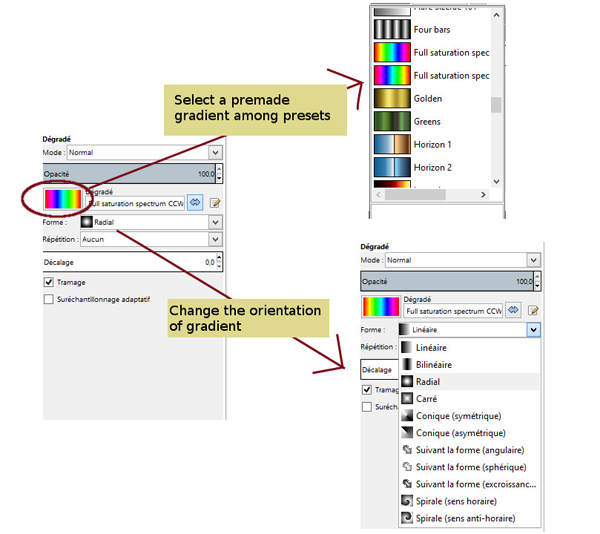
Simply add your gradient as you normally would: For this example, I applied a linear gradient.

Now that you’ve created a compound path, you can apply your gradient across multiple objects in Illustrator as if it were a single object. However, the objects will now be unified together as if they were a single object, which will allow us to apply a single gradient to them. Once applied, nothing will visibly change on your screen. To do this, select all of your objects and navigate to Object > Compound Path > Make. In order to make Illustrator apply a single gradient across multiple objects, as if it were a single object, you’ll have to make them into a compound path first. This differs from grouping and Pathfinder operations in that this method is more final, whereas groups and unified objects are non-destructive and can be separated at any time. In short, a Compound Path is the result of taking multiple objects and unifying them together into a single object. What if we just want a single gradient that spans across the entirety of objects though, as if it were a single object? This is where Compound Paths come into play. The same thing also happens if you Group your objects together or Unify them using the Pathfinder.

The problem with trying to apply a gradient across multiple objects in Illustrator is that by default, Illustrator applies the gradient to each individual object, rather than the grouping of objects as a whole: Instead of applying a single gradient across all of the objects, Illustrator create individual gradients for each object.


 0 kommentar(er)
0 kommentar(er)
